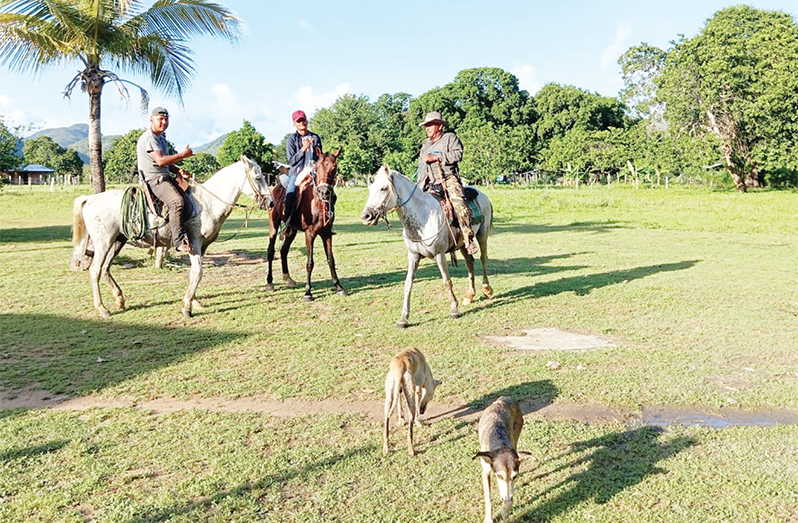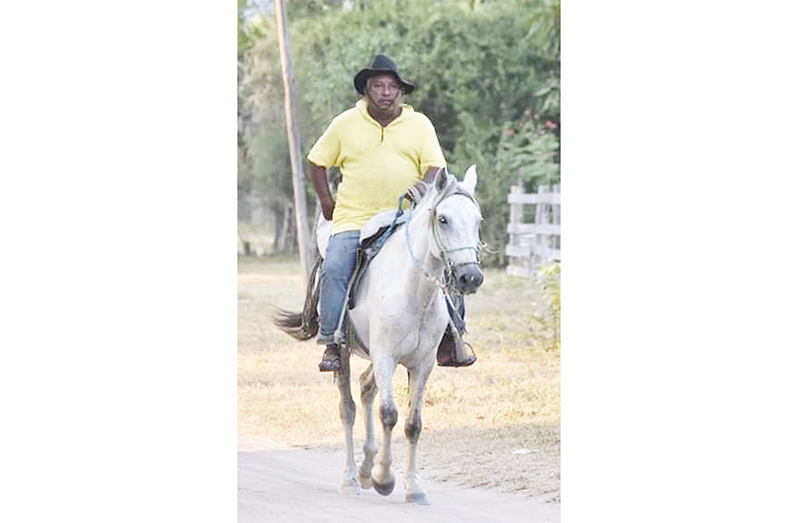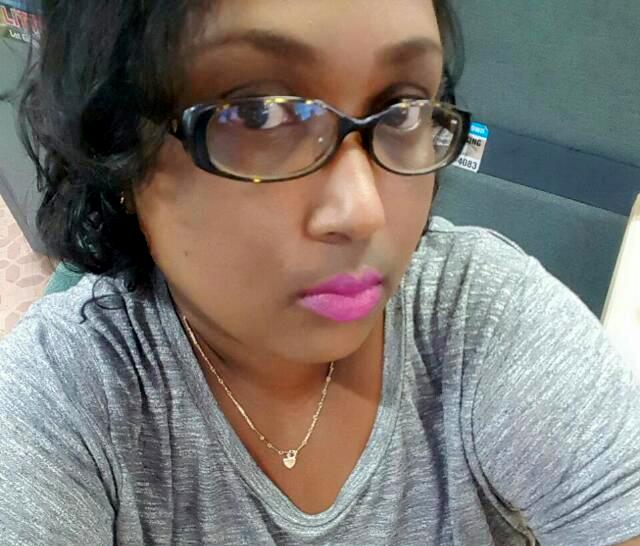PATRICK George, well-known as “Fat Man”, is a real-life vaquero of the South Pakaraima mountain range, one of a handful that still exists in Karasabai Village, Region Nine (Upper Takutu-Upper Essequibo).
The 57-year-old told Pepperpot Magazine that he is very passionate about his daily activities, which primarily involve herding cattle. As a cowboy, he is skilled in lassoing and is also gifted in the production of both bull and cow whips, which he makes from scratch using cowhide.
George spends his time out in the open, in a real primitive setting among his fellow cowboys, tending to cattle and horses. All he talks about is livestock.
He is well-known and well-liked in the community and is also skilled in making tasso (preserved beef using salt).
The cowboy disclosed that he is originally from Moruca, Region One (Barima-Waini), but relocated to Karasabai, South Pakaraima, in 1950 when his parents moved there as teachers.
As such, he grew up in Karasabai Village, spent most of his life there, and now lives in a clean, scenic, and peaceful place, surrounded by wide-open spaces.

George, a simple yet knowledgeable man, told Pepperpot Magazine that he had visited Moruca a few times in the past and had many relatives there, but his home is Karasabai Village, a place he is deeply attached to.
“I like living here because I am familiar with the people and the place, and it is so beautiful. Residing in a burnt-brick house at the edge of the mountains is something truly special,” he said.
The best part about living in Karasabai Village is the freedom to do many things, such as fishing, spear-hunting for meat, and roasting meats and fish over an open fire by the creek.
George mainly travels on horseback or by bicycle, and he is currently training his youngest son, who is 21 years old, to assist him in herding cattle since he is often stricken with chronic pain.
He is a genuine animal lover, especially of horses, and has more than 40, most of which are wild and have to be ‘broken in’ before they can accommodate a jockey.
The cowboy of Karasabai Village reported that he also had a lot of cattle, but last year, he lost about 21 cows due to an unknown illness that swept through his ranch.
George stated that he has often been a victim of cattle rustling, losing several cows to thieves who move through with his livestock under the cover of moonlight.
Today, he has a small herd of cows, and at least one cowboy is present at all times to watch over them at his ranch near the Ireng River.
He explained that he sells his beef within the village, as there is no outside market available. However, about 15 years ago, they exported fresh beef from Karasabai to the city via plane outfitted with freezers, and that initiative is being considered again.

“When I was younger, I used to break in wild horses and castrate big bulls without killing them to ensure rapid weight gain, but these days, I hardly do those things due to persistent pain in my body.”
Sometimes, George would use cowhide to plait bull and cow whips, which are used to lasso cattle while herding.
He pointed out that preparing the cowhide is a long process, requiring drying, airing in the dew, and precise cutting before it can be plaited into whips for cows and horses.
These days, the cowboy spends one day at his ranch before returning home on horseback, and his beef is made available for sale in the community and at the annual market day exhibition.
“Nowadays, we only have a handful of real-life cowboys (vaqueros) in Karasabai, who spend most of their time exposed to the elements tending to cattle, and it is a tradition we have managed to preserve over the years,” he said.
George revealed that most young men have left the village to seek employment in Brazil, including his sons, who return for a few days before leaving again. Many of them are not interested in becoming cowboys.
When he is not herding cattle and horses, George takes time to enjoy the things he loves, such as fishing, arrow and bow hunting for wild meat, which he then shares with his neighbours.
The last time he visited the city was in 1984, and he has no real desire to go again, but he would like to return to Moruca to visit relatives, some of whom he hasn’t seen in years.




.jpg)










